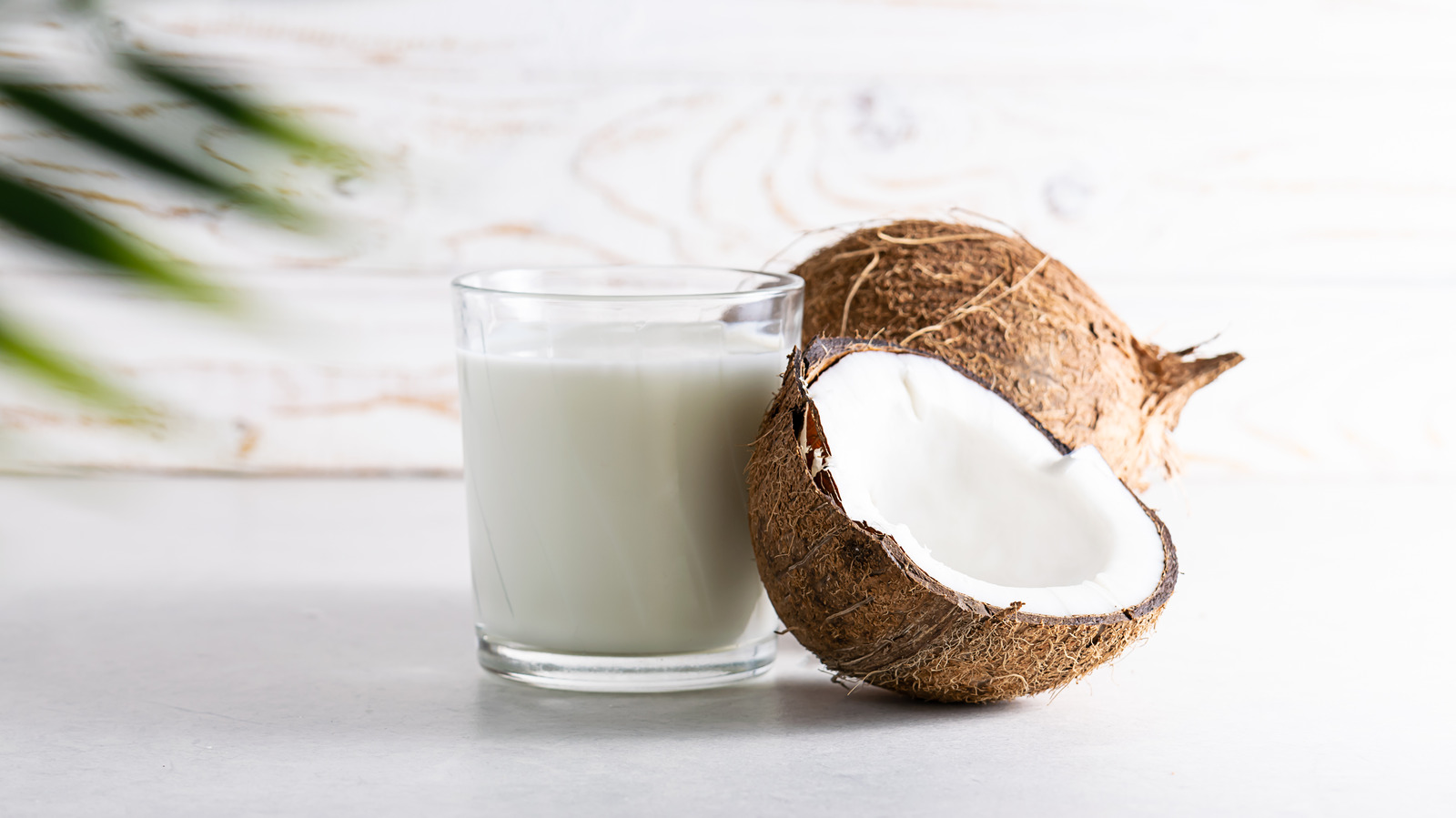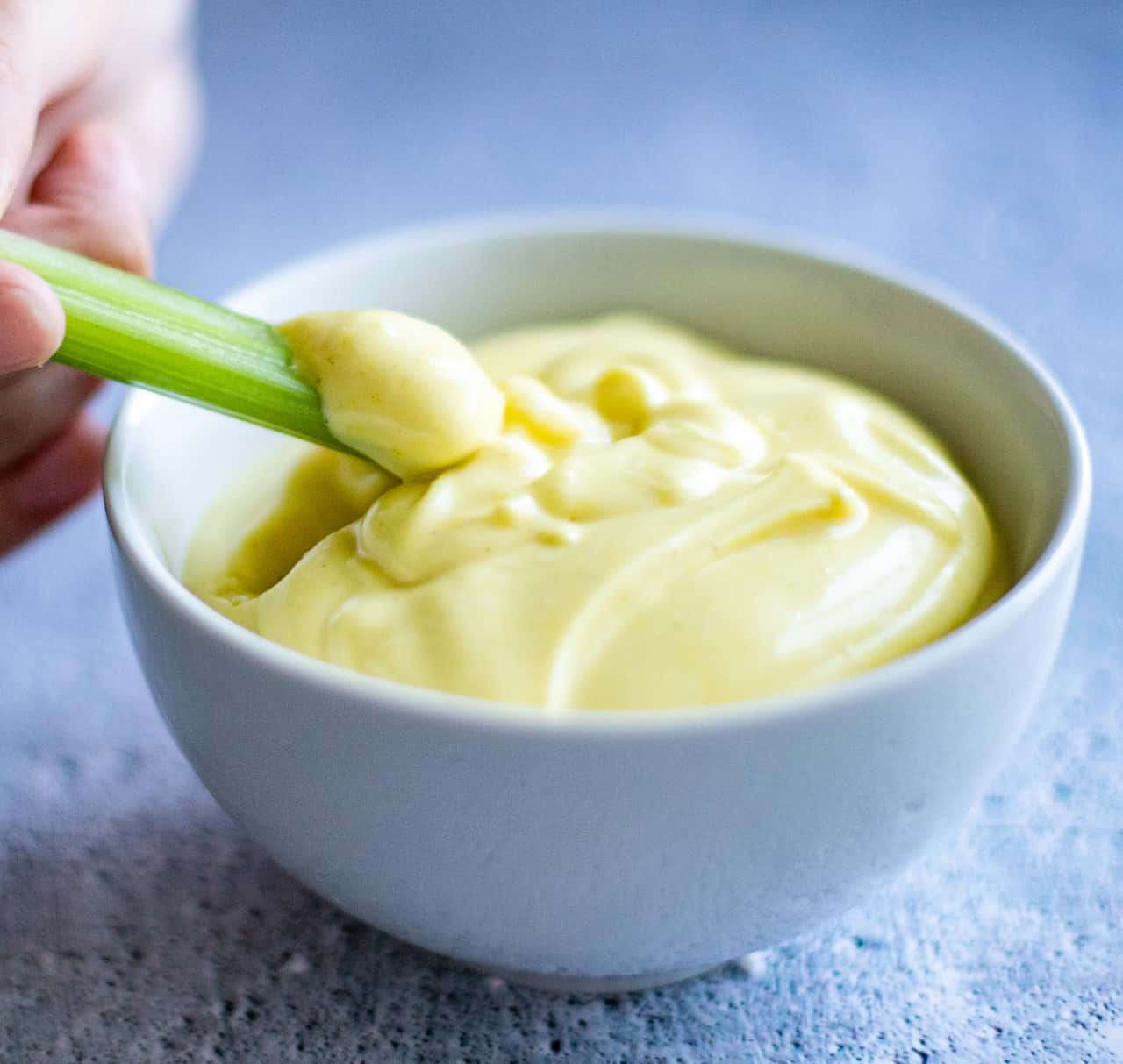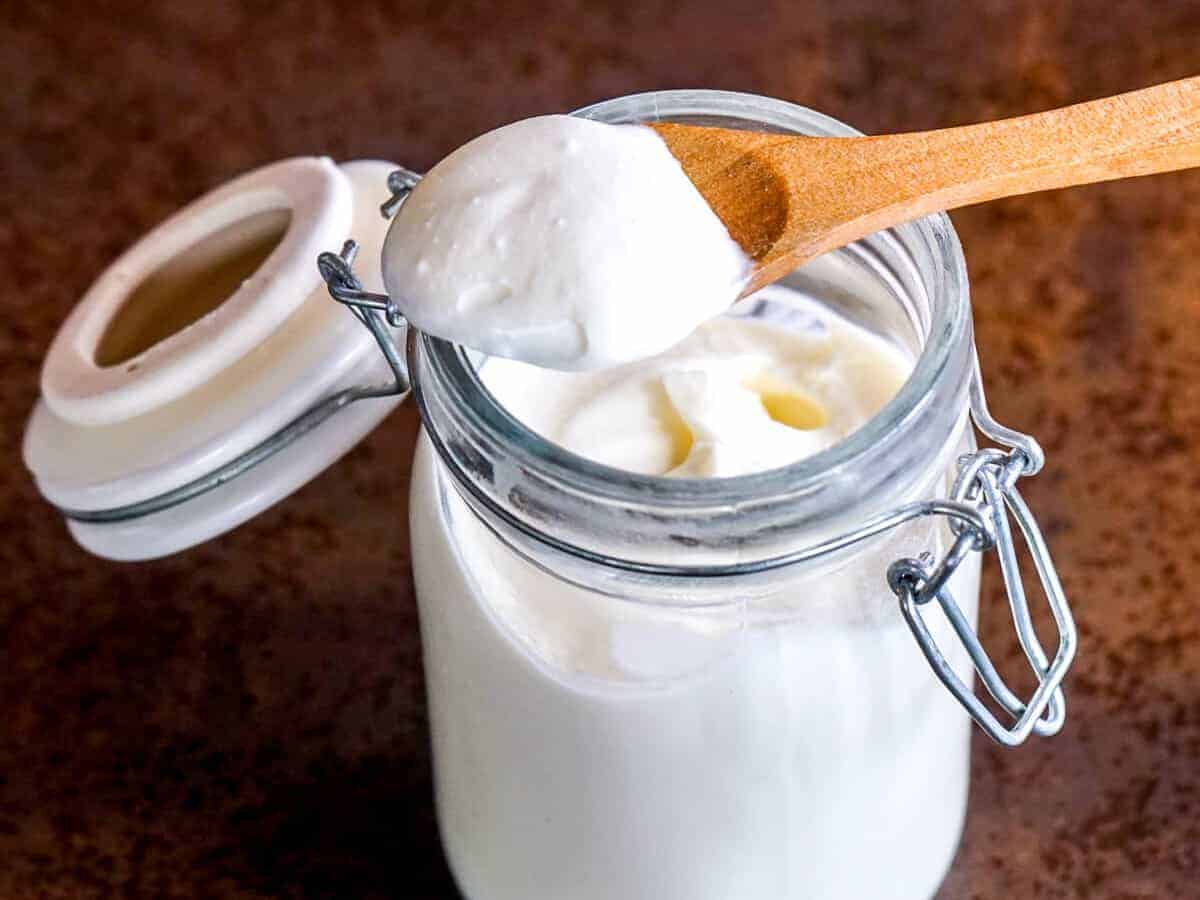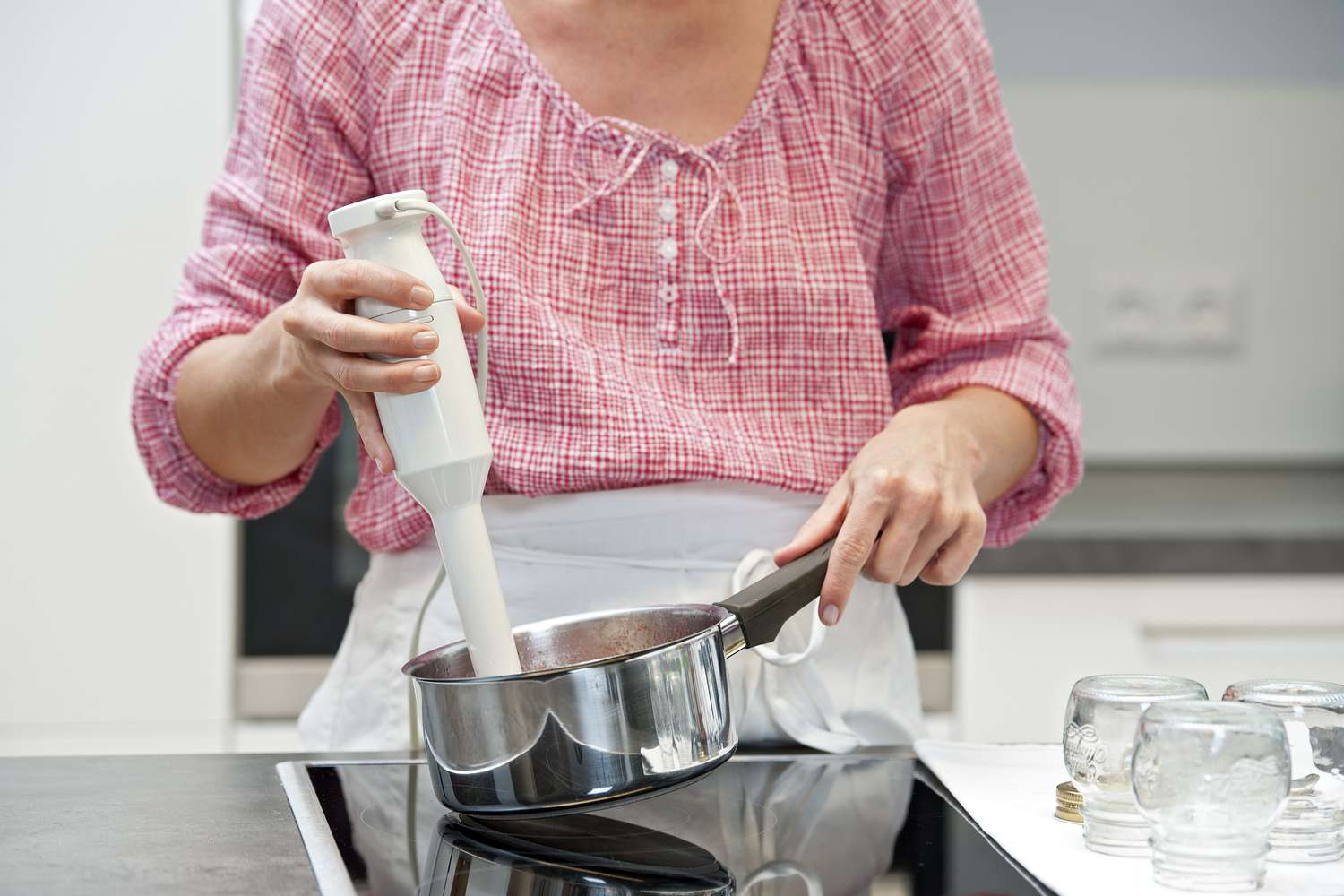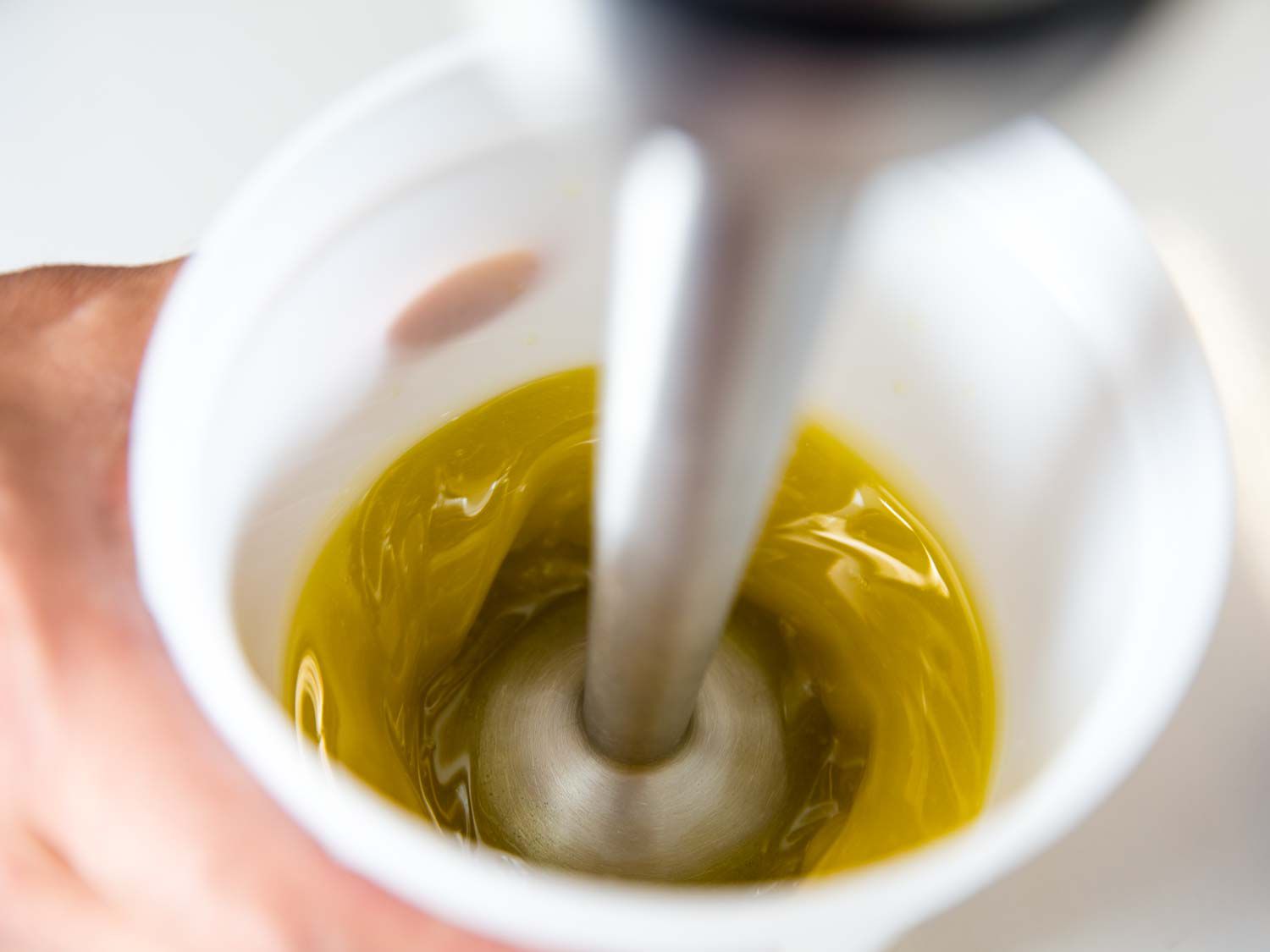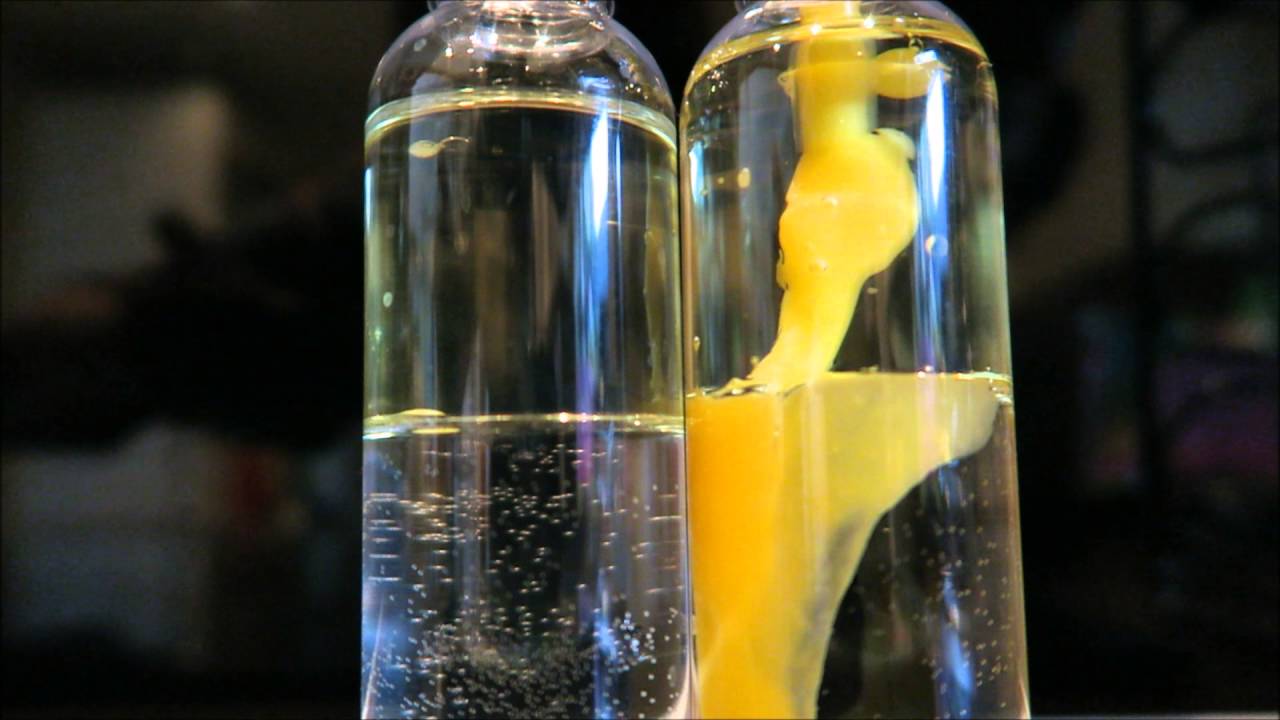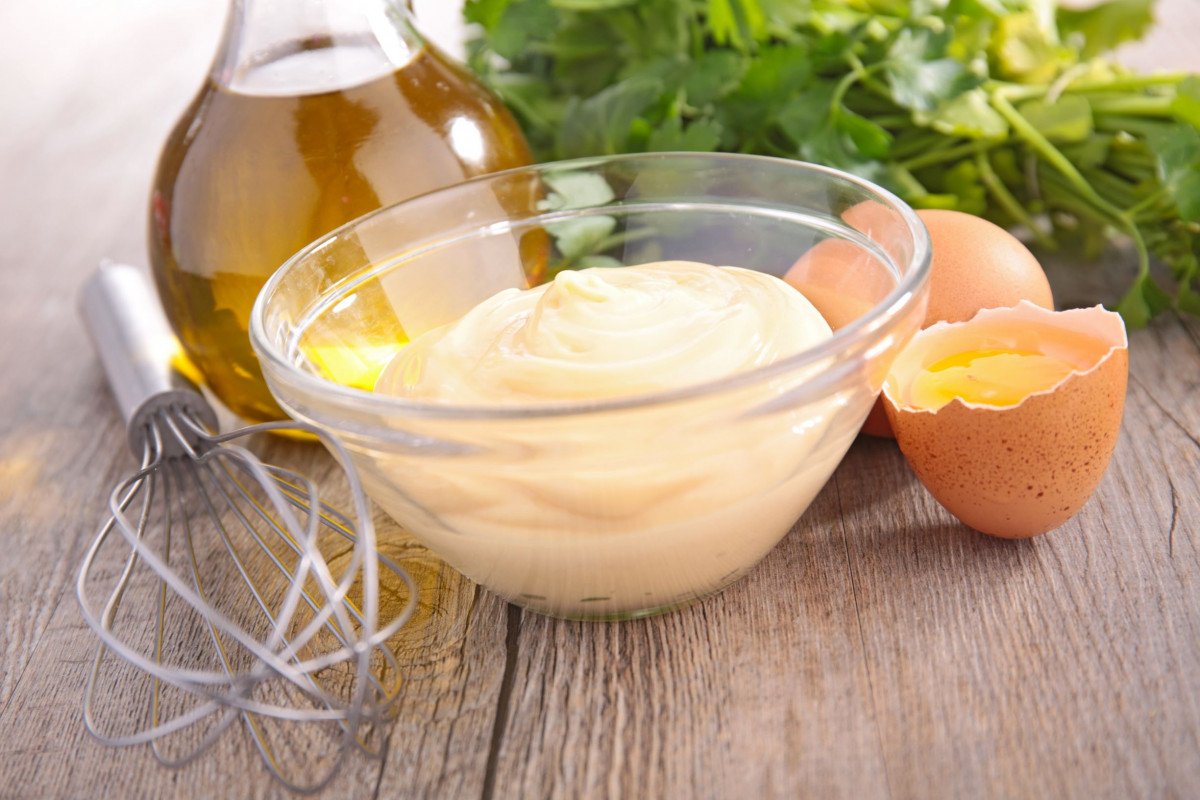Emulsifying Cheese: A Delicious Culinary Technique
Emulsifying cheese is a fundamental culinary skill that can elevate your dishes to a whole new level. Whether you’re making a creamy macaroni and cheese, a velvety cheese sauce for vegetables, or a decadent fondue, understanding how to emulsify cheese is essential for achieving the perfect texture and flavor. In this guide, we’ll explore the art of emulsifying cheese and provide you with simple steps to master this technique in your own kitchen.
Understanding Emulsification
Before we delve into the specifics of emulsifying cheese, it’s important to understand the concept of emulsification. Emulsification is the process of combining two or more liquids that are normally immiscible, such as oil and water, to create a stable mixture. In the case of cheese emulsification, we are combining the fat and protein in the cheese with a liquid to create a smooth, creamy texture.
Choosing the Right Cheese
Not all cheeses are created equal when it comes to emulsification. Certain cheeses are better suited for emulsifying due to their texture and melting properties. When selecting a cheese for emulsification, it’s important to choose one that melts smoothly and evenly without becoming greasy or grainy. Good options for emulsifying include:
- Cheddar
- Gruyère
- Fontina
- Emmental
- American cheese
The Emulsification Process
Now that you’ve chosen the perfect cheese for emulsification, it’s time to master the process. Follow these simple steps to emulsify cheese like a pro:
- Start by grating or finely chopping the cheese. This will help it melt more evenly and quickly.
- In a saucepan, heat your chosen liquid, such as milk or broth, over low to medium heat. Avoid high heat, as it can cause the cheese to become stringy or grainy.
- Gradually add the grated or chopped cheese to the heated liquid, stirring constantly in a figure-eight motion. This will help the cheese melt smoothly and prevent it from clumping together.
- Continue stirring until the cheese is completely melted and the mixture is smooth and creamy. Be patient, as rushing this process can result in a lumpy sauce.
- Once the cheese is emulsified, season the mixture with salt, pepper, and any additional flavorings of your choice.
Tips for Perfect Emulsification
Emulsifying cheese can be a delicate process, but with the right techniques, you can achieve a flawless result every time. Here are some additional tips to ensure perfect emulsification:
- Use high-quality cheese for the best flavor and texture.
- Avoid using pre-shredded cheese, as it often contains anti-caking agents that can interfere with emulsification.
- For a smoother emulsification, bring the cheese to room temperature before adding it to the hot liquid.
- If the emulsified cheese sauce starts to separate or become greasy, you can rescue it by adding a small amount of cornstarch slurry and whisking it in gently until the sauce thickens and becomes smooth again.
Embrace the Art of Emulsification
Now that you’ve mastered the art of emulsifying cheese, you can confidently create luscious cheese sauces, creamy dips, and indulgent dishes that will delight your taste buds. Emulsifying cheese is a valuable technique that opens up a world of culinary possibilities, so don’t be afraid to experiment with different cheeses and flavor combinations. With practice and a little creativity, you’ll be emulsifying cheese like a seasoned chef in no time!
Emulsifying cheese is a fundamental culinary skill that can elevate your dishes to a whole new level. Whether you’re making a creamy macaroni and cheese, a velvety cheese sauce for vegetables, or a decadent fondue, understanding how to emulsify cheese is essential for achieving the perfect texture and flavor. In this guide, we’ll explore the art of emulsifying cheese and provide you with simple steps to master this technique in your own kitchen.
For those looking to master the art of emulsifying cheese, there are several recipes that can put these skills to the test. The Classic Macaroni and Cheese Recipe is a great starting point, providing a creamy, smooth sauce that's perfect for beginners. For a comforting meal, try the Creamy Broccoli and Cheese Soup Recipe, which requires a well-emulsified cheese to achieve its velvety texture. The Cheesy Fondue Recipe is another excellent choice, where the right emulsification can make or break the dish. If you're after something a bit heartier, the Cheesy Scalloped Potatoes Recipe offers layers of cheesy goodness, ideal for showcasing your emulsification skills. Lastly, the Homemade Nacho Cheese Sauce Recipe is perfect for a game day snack, demonstrating how emulsified cheese can create a smooth, pourable sauce that clings to chips without separating.
